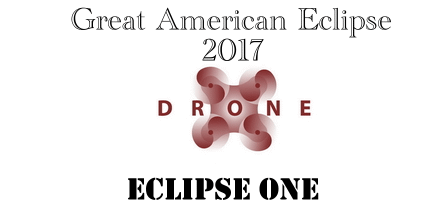02.01.10
2010 Games Trade Show Vendor Spotlight: Equine IR
For all vendors, the 2010 Alltech FEI World Equestrian Games trade show will be a place to sell their products to equine enthusiasts from around the world. But for some, the event will help them educate the public about a product they created from scratch.
From a hay steaming machine to horse cloning, several vendors at the Games are marketing a technological product that has been developed to bring something new to the industry.
Several years ago Peter Hopkins took a business chance that today is helping hundreds of horses across America. Hopkins, who made his living operating a home inspection company, switched gears in 1999 when he was introduced to infrared technology.
While Hopkins was training to use infrared technology for housing inspections at the Boston Infrared Training Center, he came across a brochure advertising the same technology for use on horses. For Hopkins, that was the brainwave that later became EquineIR.
After a year using infrared for home inspections, Hopkins switched gears from housing to horses and worked closely with veterinarians and other thermographers to learn about equine thermography.
“I spoke with many veterinarians and people in the business,” Hopkins said. “I realized that it was very much a useful market. X-ray is anatomical imaging that sees the bone; identifying muscle and tissue injuries are not typically seen with x-ray.”
Thermal imaging for horses is a series of images taken of a horse from several feet away. The cameras, which can be as sensitive as 1/20th of a degree, detect temperature and produce an image that shows heat variations throughout a horse’s body. Hopkins, and other certified thermographers, take images of a horse and prepare a report, which is then interpreted by a veterinarian trained in thermography.
For horses, and all other mammals, heat is often an indicator of injury or stress because blood flow increases in areas that need healing. Veterinarians are able to pinpoint areas of concern after viewing thermal images, and then take steps to diagnose the problem.
When I go to inspect horses I am never going to know more [about them] than the owners,” Hopkins said. “But what they expect is that I am going to take good images and prepare good reports so that the veterinarian can review it and help them understand.”
Hopkins preformed his first scan on a racehorse in training. His infrared images indicated a hot spot in the horse’s leg and a few days later a veterinarian confirmed the horse had a fracture. He told Hopkins that the image potentially saved the horse’s life.
“If you have a horse, unless their name is Mr. Ed, they can’t speak their pain,” Hopkins said. “In the medical world it is often a guessing game.”
Many clients have come to Hopkins with suspicions of problems and unidentified lameness, but he hopes the company can also be used before problems occur. If sport horses are scanned before they event, Hopkins believes his technology can help prevent some of these injuries.
EquineIR will be launching their product at the 2010 Alltech FEI World Equestrian Games in hopes of bringing exposure to an alternative method of injury prevention. Unlike many processes, thermal imaging does not require the horse to be touched, but owners end up with a visual that can help diagnose problems.
“The biggest purpose is that we help horses,” Hopkins said. “I didn’t have any idea of where this was going to go, but we identify things that other technologies aren’t successful with. Our goal is to help hundreds of thousands of equine athletes.”
For more information, view www.equineir.com, email info@equineir.com or call toll free 888-722-6447

 AbitaNet Corporation
AbitaNet Corporation
You must be logged in to post a comment.